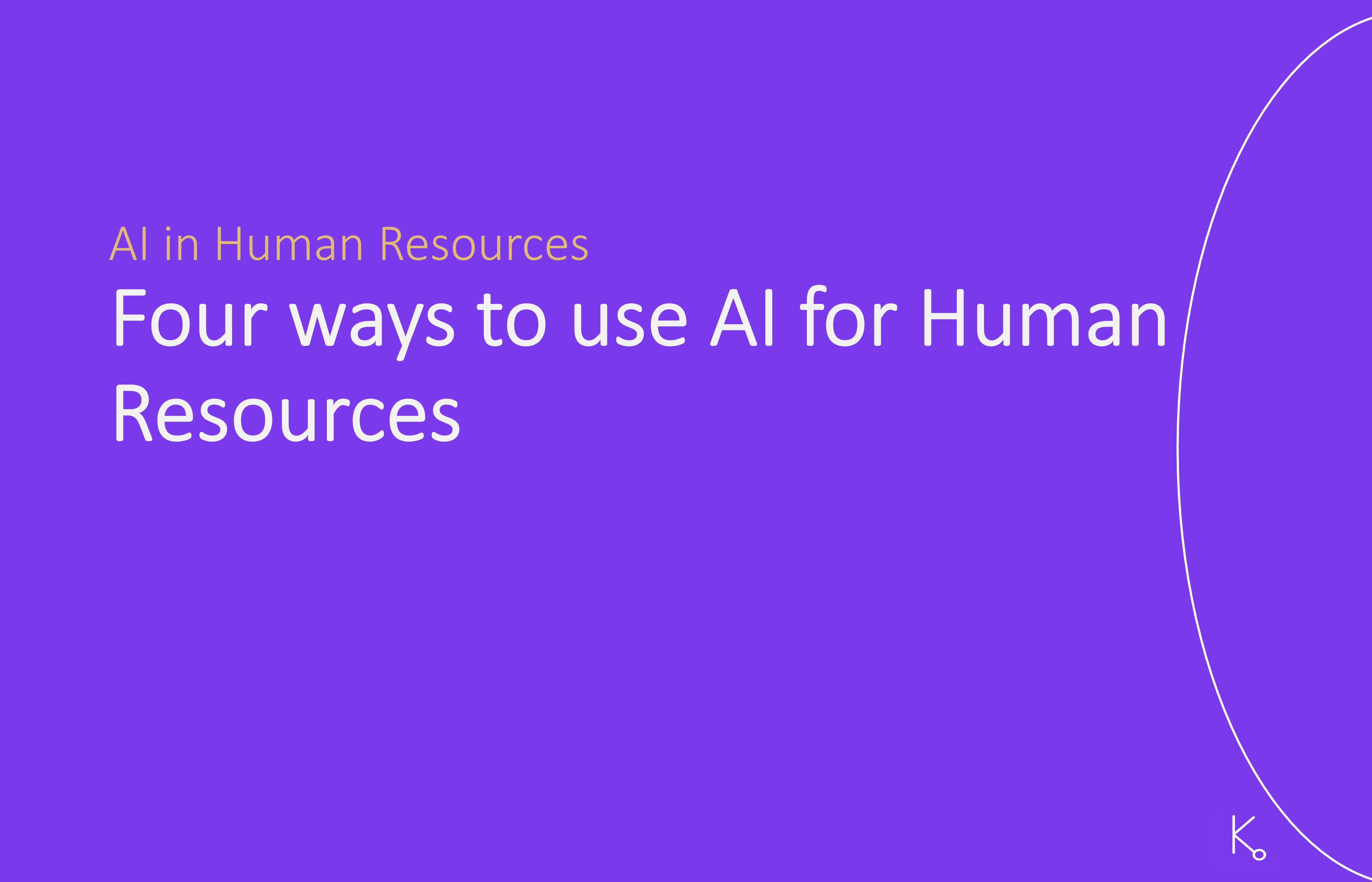Exploring the impact of Generative AI on Human Resources
In today's fast-paced corporate world, the integration of Artificial Intelligence (AI) has become indispensable for organizations seeking to optimize their Human Resources (HR) functions. McKinsey & Company's article, "Four Ways to Start Using Generative AI in HR," sheds light on the transformative potential of this technology in reshaping HR practices. Let's dive into how Generative AI can revolutionize HR operations and drive organizational success.
1. Refined Recruitment Practices
Generative AI empowers HR departments to streamline the recruitment process by analyzing data sets to identify top talent more efficiently. By using natural language processing (NLP) and machine learning algorithms, AI can sift through resumes, evaluate candidate profiles, and even forecast candidate performance based on historical data. This approach not only saves time but also ensures better candidate alignment, ultimately leading to reduced turnover rates and better team effectiveness.
2. Tailored Learning and Development Initiatives
Generative AI enables HR teams to deliver personalized learning experiences tailored to individual employee requirements. By analyzing employee performance data, AI algorithms can pinpoint skill gaps and recommend targeted training programs or resources. Furthermore, AI-driven chatbots can offer real-time assistance and feedback, enriching the learning journey and fostering continuous improvement among employees.
3. Enhanced Employee Well-being and Engagement
Prioritizing employee well-being and engagement is paramount for organizational prosperity. Generative AI can play a pivotal role in this arena by analyzing sentiment data from employee surveys, social media, and other sources to gauge overall morale and pinpoint potential areas for enhancement. Additionally, AI-powered virtual assistants can provide personalized support, such as scheduling wellness activities, offering mental health resources, or facilitating communication between employees and HR professionals.
4. Strategic Workforce Planning and Forecasting
Strategic workforce planning is vital for aligning organizational objectives with talent acquisition and retention strategies. Generative AI empowers HR leaders to forecast future workforce needs more accurately by analyzing historical data, market trends, and business projections. By leveraging predictive analytics, organizations can proactively address potential skill shortages, succession planning challenges, and demographic shifts, thereby ensuring a sustainable talent pipeline and driving long-term business growth.
Summary
In summary, the adoption of Generative AI in HR presents unparalleled opportunities for organizations to optimize their people strategies and gain a competitive edge in today's dynamic business landscape. By embracing innovative technologies and reimagining traditional HR practices, companies can unlock the full potential of their workforce, foster a culture of continuous learning and innovation, and propel themselves towards sustainable success.
By incorporating the insights from McKinsey's article, organizations can embark on a transformative journey towards harnessing the power of Generative AI in HR and shaping the future of work.
